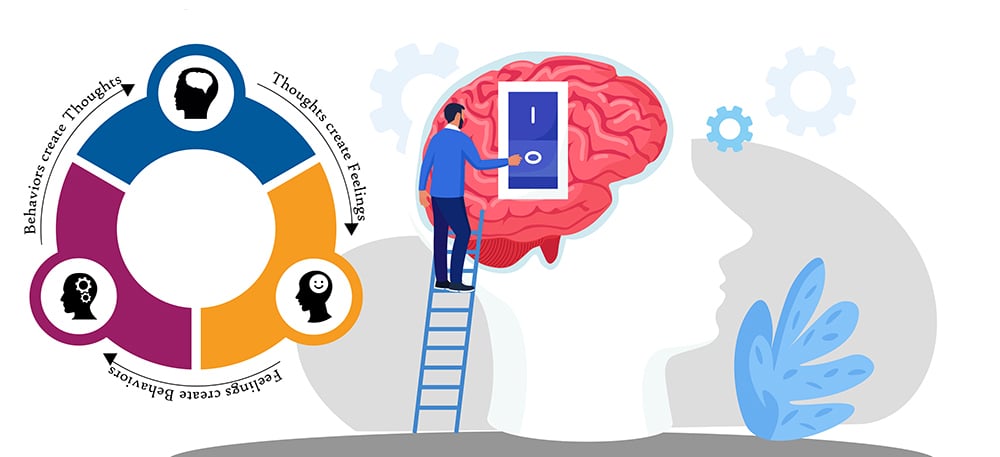What Comes To Mind When You Think About Working With Clients With Trauma?
Many professionals work with clients with trauma, including therapists, psychologists, social workers, counseling centers, and support groups. Trauma can refer to any significant and life-altering experience, including physical, sexual, and emotional abuse; childhood trauma; living through a natural disaster or war; or witnessing the death of a loved one.
Many people who work with clients with trauma say that the best way to help these individuals is to listen to them and understand what has happened to them. This allows the client to trust the professional and share their experiences. Other essential factors in working with trauma clients include providing support and resources, helping them access their emotions and thoughts, and providing a safe and supportive environment.
CPT treatment begins with psychoeducation about the condition, thoughts, and emotions. The patient becomes more aware of how thoughts and feelings are interconnected and begins to identify “automatic thoughts” that may contribute to maintaining PTSD symptoms. This awareness and understanding are crucial to starting the process of healing and recovery. The individual writes an “impact statement.” An impact statement provides insight into why the traumatic event occurred and how it has impacted their beliefs about themselves, others, and the world. This can be an essential step in the healing process, helping the patient to make peace with the past and move forward.
Next, the patient begins more formal processing of the trauma(s). The patient writes a detailed account of the worst traumatic experience, which the patient reads in the next session to try and break the pattern of avoiding thoughts and feelings associated with the trauma. This account helps the patient better understand and process the trauma(s) and begin working through the associated emotions. By facing the trauma(s) head-on, the patient can move past them and towards healing. The therapist uses Socratic questioning and other strategies to help the patient question their unhelpful thoughts about the trauma (e.g., self-blaming) to modify any maladaptive thinking. In other words, the therapist allows the patient to examine their thinking patterns and make necessary changes to cope with the trauma better. This process can be highly beneficial for the patient, as it can help reduce negative feelings or thoughts about the event.
Stuck Points
The entire process of CPT is finding stuck points and then learning how to unstick them. A stuck point is something an individual holds to be accurate but might, in fact, not be true. It is a belief or a thought that’s keeping the individual stuck in the PTSD, thinking that it’s their fault, or that there’s something they could have done to avoid it, or stuck in any number of upsetting, inaccurate, or harmful ways of remembering what happened.
Examples of stuck points:
- “Danger is everywhere.”
- “I can’t protect myself or my loved ones.”
- “No one can be trusted.”
- “I’m weak/going crazy.”
- “It was my fault.”
CPT equips patients with the skills to identify their stuck points and develop more accurate and balanced beliefs to replace them. As clients internalize this new cognitive process and more adaptive beliefs, they get “unstuck” from trauma, and their symptoms decline.
Homework
Generalizing Skills
Once the patient has developed skills to identify and address unhelpful thinking, they use those skills to continue evaluating and modifying beliefs related to traumatic events. At this point, the therapist is helping the patient develop the ability to use these adaptive strategies outside of treatment to improve overall functioning and quality of life. This continued development of coping skills is essential to improve the patient's quality of life and overall functioning. Therapists may mainly focus on safety, trust, power, control, esteem, and intimacy, as traumatic experiences can affect these areas.
CPT can be delivered both individually and in structured group sessions. Regardless of modality, patients will have out-of-session practice assignments. CPT was developed initially with the written trauma account as one component of treatment, but sometimes it is delivered without this, and more emphasis is placed on cognitive techniques. CPT is an effective treatment for PTSD, with patients often seeing a reduction in symptoms after completing the program.






















